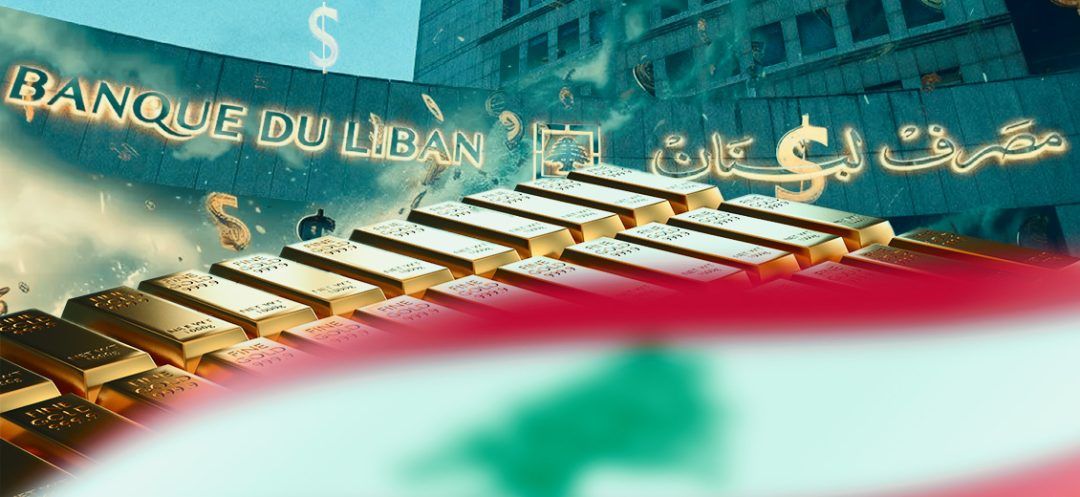
The surge in gold prices has substantially benefited the Banque du Liban (BDL), resulting in a considerable increase in the value of its gold reserves. An auditing firm, appointed by BDL’s commissioner for Foreign Affairs with the coordination of the International Monetary Fund (IMF), conducted an inventory on November 24, 2022, which revealed that these reserves consist of 9,222,000 gold bars.
The value of the gold held by BDL rose from $13.57 billion in mid-December 2019 to approximately $23.4 billion by the end of August 2024. As a result, the central bank has reported an accounting profit of $9.83 billion during the crisis years, driven solely by the rise in global gold prices.
Financial Adjustment
The increase in the value of BDL’s gold reserves could theoretically enhance its solvency and improve its balance sheet, but it will not address the ongoing liquidity crisis. In principle, neither BDL nor the Lebanese government can access these reserves without a specific law permitting it, which would require repealing the protective law enacted in 1986.
Moreover, it is important to note that only two-thirds of BDL's gold reserves are stored in its vaults in Lebanon, while the remaining one-third is held at the Federal Reserve in the United States.
In the same context, although Lebanon may theoretically access these reserves, any withdrawal or transfer is subject to complex diplomatic and financial procedures, especially in light of international sanctions, legal restrictions or economic pressures imposed by the US and other Western powers.
Ounce Reaches $2,647
Just minutes after the Federal Reserve (Fed) announced on September 18, 2024, a more significant-than-expected interest rate cut of 0.5 percentage points to 4.75-5%—greater than the European Central Bank's (ECB) 0.25% reduction—gold prices jumped by 1.3%, reaching $2,600 per ounce. By Sunday, only four days later, gold was trading at $2,647 per ounce. Since the beginning of 2024, gold has demonstrated impressive growth, rising over 25%, building on a more than 13% increase in 2023.
A Causal Link
As the Fed begins a gradual cycle of interest rate cuts in the coming months to avert a “hard landing” for the US economy, a rise in global gold prices is expected. This inverse relationship between interest rates and gold stems from the diminished “opportunity yield” of interest-bearing assets (like bonds), making gold more attractive to investors.
It's important to note that the Fed operates under a dual mandate, focused on price stability and full employment. After successfully addressing inflation in the previous phase (which concluded on September 18), it is now turning its attention to the labor market, signaling the onset of a “monetary easing” phase.
Read more





Comments